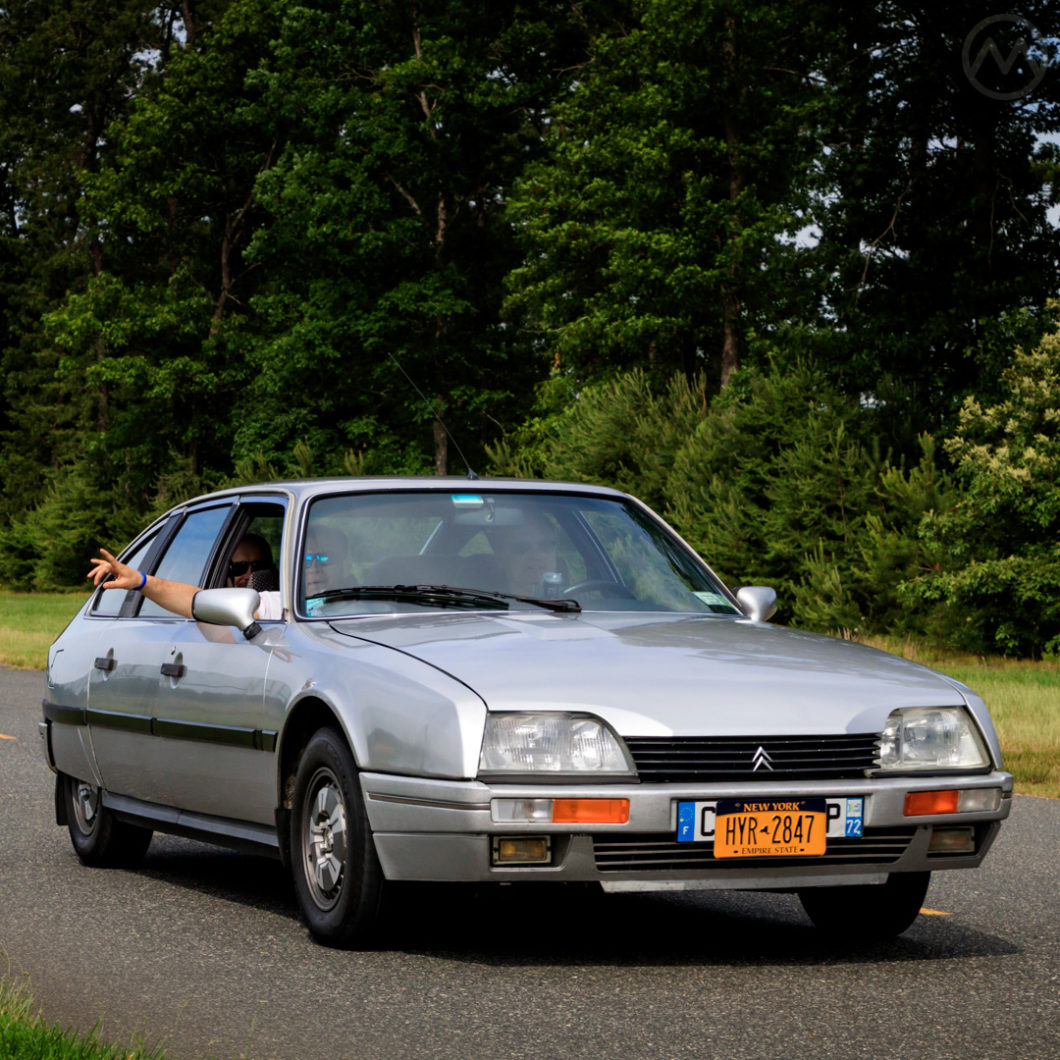Replacing an all-time great is always fraught with peril – creating something as equally amazing as the Citroën DS was not an easy task and it took more than half a decade to do it. But in the fall of 1974, as the public launch of the Citroën CX drew near, any fretting about how the long-awaited DS replacement would be received was outweighed by the possibility of complete corporate collapse.
Years of ambitious projects and expansion had left Citroën $200M (1974 dollars, though they’d have been counted in Francs) in debt. The French firm’s partnership with Fiat had unraveled a year earlier (though cooperation on commercial vehicles remained). Then came a global recession and OPEC. Citroën was sitting on as many as 50,000 unsold cars in early 1974.
Near Collapse
In February, Citroën had trouble issuing Bonds. By May, rumors swirled that the company was for sale, possibly to Ford. In October, the CX wowed crowds at the Paris Salon – the designers were vindicated; but it wasn’t until December that the crisis passed.
With a cash infusion from the Government, Peugeot acquired 38.2% of Citroën in the first two days of December, ensuring the CX’s (and Citroën’s) future. By New Year’s eve, more than 10,000 CXs had been sold. In 1976, Peugeot and Citroën became the modern PSA; and fortunes changed almost immediately.
The very earliest CX’s weren’t quite fully cooked – an early CX2000 with no power steering wasn’t so easy to drive in urban Paris, but the car soon proved a hit and more versions proliferated. From 1976-79, the CX sold more than 112K units a year – 132K in ’78. This despite the fact that the CX was sold in fewer markets than the DS had been.
Arguably more conventional than the DS, the CX (the abbreviation of “coefficient de traînée”) had begun as “project L” when a sketch by designer Jean Giret had beaten out more conventional ideas for a DS replacement in a management meeting in 1970.
New Inside and Out
By 1974 style chief Robert Opron & Co. had fashioned a sleek, futuristic fastback sedan and a square-off (and huge) wagon. The shape was influenced by Pininfarina’s highly influential 1967 BMC 1800 Aerodynamica (just like the GS and SM), but it was not a copy – more an evolution of the GS and SM themes, similar to the Pininfarina ideas but not the same.
The CX had to be cheaper to make than the DS, so it used many simpler panels and plastic pieces.
Underneath it was much like an SM – the same DIRAVI self-centering system and the same updated hydro-pneumatic suspension, though its engines were rugged and relatively mild fours.
It used a transverse layout instead of a north-south one like the DS and SM, but space was constricted to some extent by the early possibility of using a Rotary engine. One of the ventures that drove Citroën into the gloomy situation of ’74 was Comotor, a JV with NSU to design and build Rotary engines – but the entire investment came to nothing.
Inside, the Michel Harmand-designed cabin was Star-Trek modern. New plastics allowed for complex modern forms. Ergonomically well thought out, everything fell easily to hand – there weren’t turn signal stalks but buttons easily reached from the steering wheel, and Harmand’s trademark rolling-drum-and-magnifier speedometer dominated the futuristic instrument binnacle.
The CX was nearly as evergreen as the DS, but sales slowed after 1981 as the design aged. Competitors in the large car segment tended to be redesigned far more often in the 80s than they had been in the 1960s, and large cars came to increasingly mean de facto luxury cars in the 1980s. The long-wheelbase CX Prestige was exactly that, but Citroën was not a luxury brand.
In hopes of generating more interest, ever-faster Turbo CXs appeared in Gas and Diesel form – the CX TRD Turbo was the fastest diesel sedan in the world when introduced in 1984.
Series 2
The car was lightly restyled for 1986 into the Series 2, complete with a heavily revised (and more sober, aside from fabric choices) interior, again designed with the input of Harmand, and a much less sober ad campaign featuring Grace Jones.
The S2 had better workmanship and better rust protection (building on efforts that began in 1979 to reduce corrosion). It also looked more modern look with its plastic bumpers and simplified details. While a solid seller, it never again hit 1970s volumes.
This is a ~120-hp CX25 TRD Turbo 2, a series 2 turbodiesel; and the New York plate is a giveway that this one in the U.S. Citroën abandoned the U.S. in 1974, but several private importers made various attempts at CX importation in the 1980s – most notably CXA of New Jersey but also CINA of Georgia and Trend Imports of California. This isn’t one of those cars but a more recent import from France.

